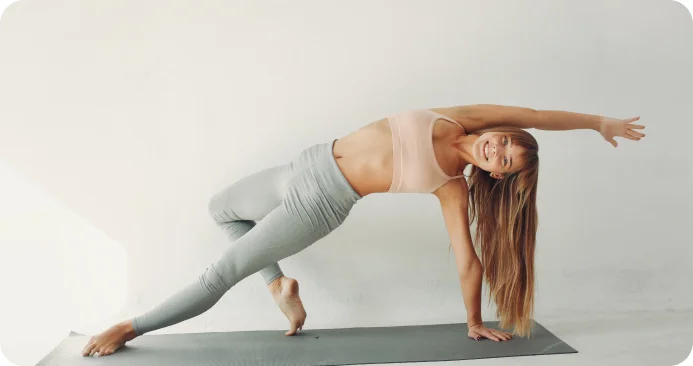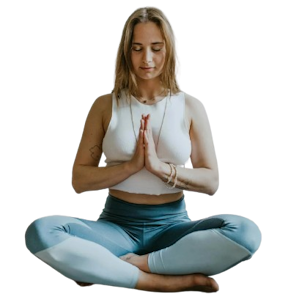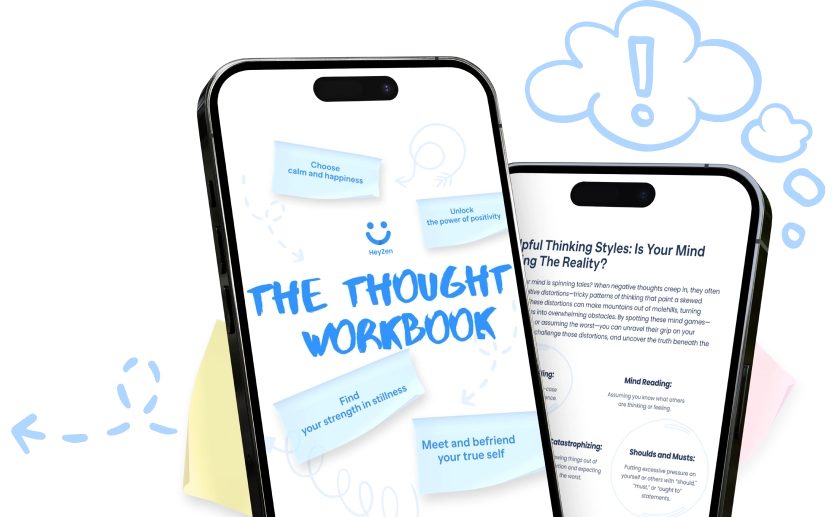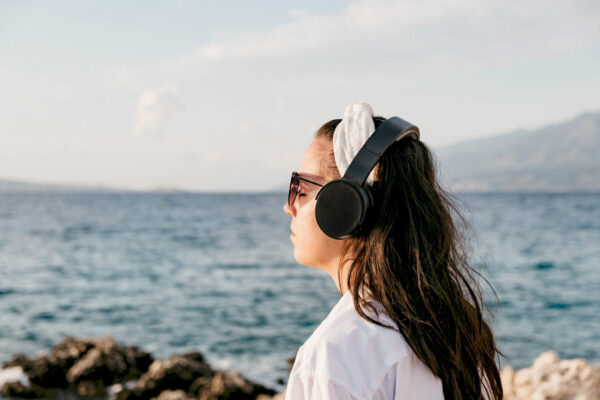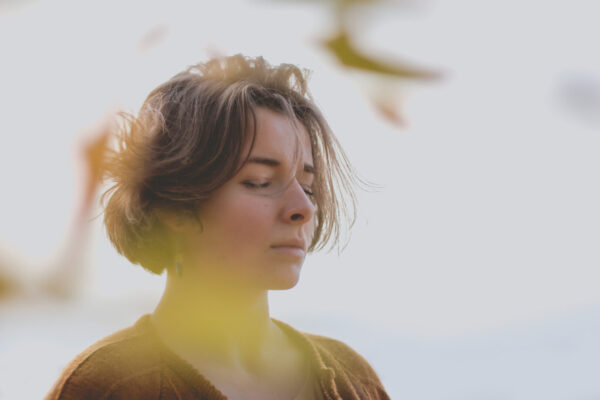Anxiety | When It Exceeds the Norm
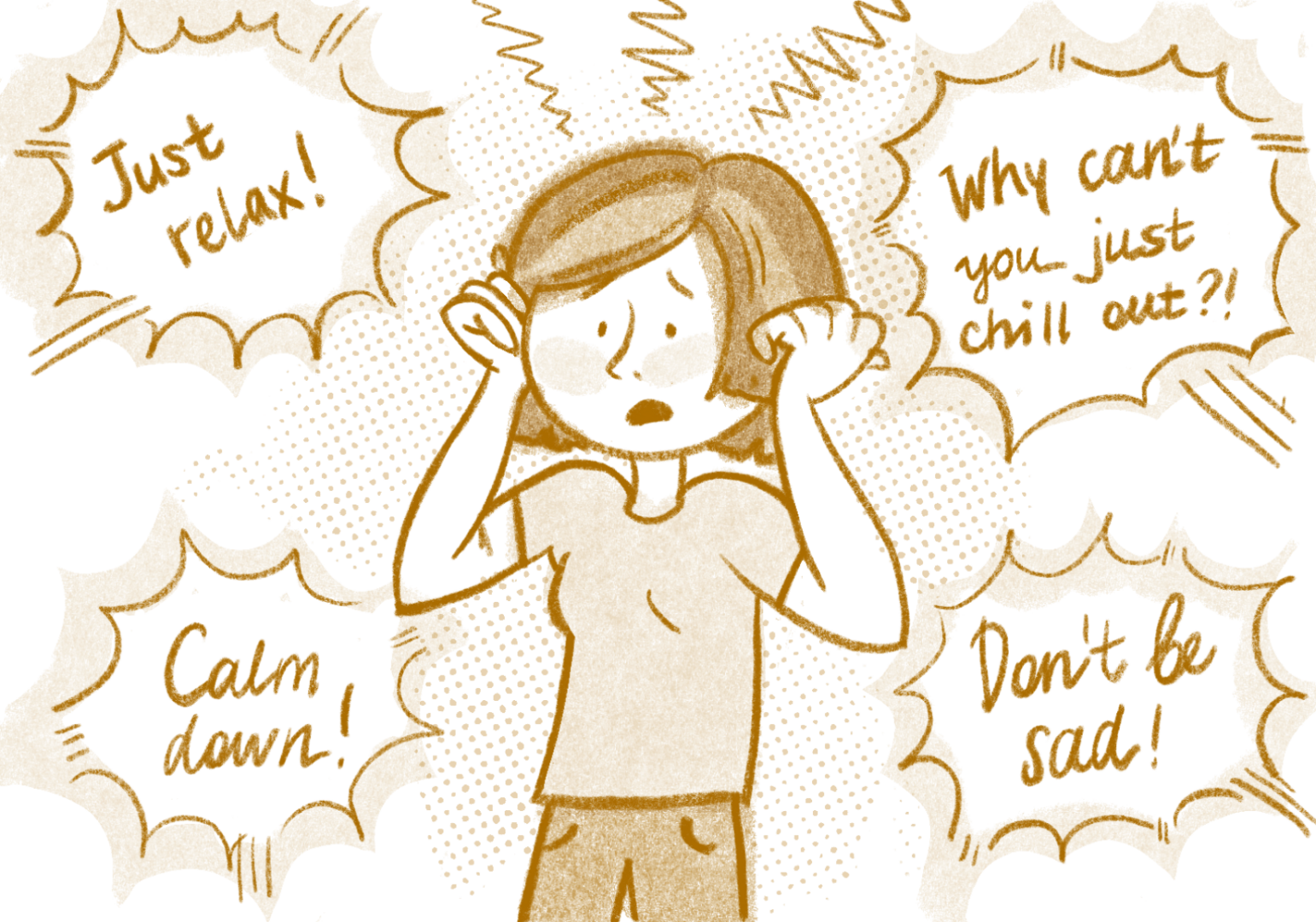
Key takeaways:
- Anxiety is a normal short-term body response whose function is to protect us, make us move forward, and get rid of uncomfortable or unpleasant situations.
- Anxiety grows into a disorder when the feeling is long-lasting and starts to impair your normal behavior and daily life.
- There are scientifically-backed natural ways that may alleviate the symptoms of anxiety: yoga, meditation, and cognitive-behavioral therapy (CBT).
- You don’t need to try to get rid of anxiety and stress but learn coping mechanisms for turning the feeling to your advantage and not letting it affect your daily life.
Around 40 million adults in the US alone experience an anxiety disorder in any given year, which makes it the most common mental illness according to the Anxiety and Depression Association of America.
The demands of the modern world, constant information overload, and social pressure make it almost impossible to find calm. This is because they can lead to overactivity of the stress response. But there’s a way out of it! Let HeyZen tell you about some research-proven strategies to live peacefully and with a healthy level of anxiety.
Anxiety, stress, and anxiety disorders
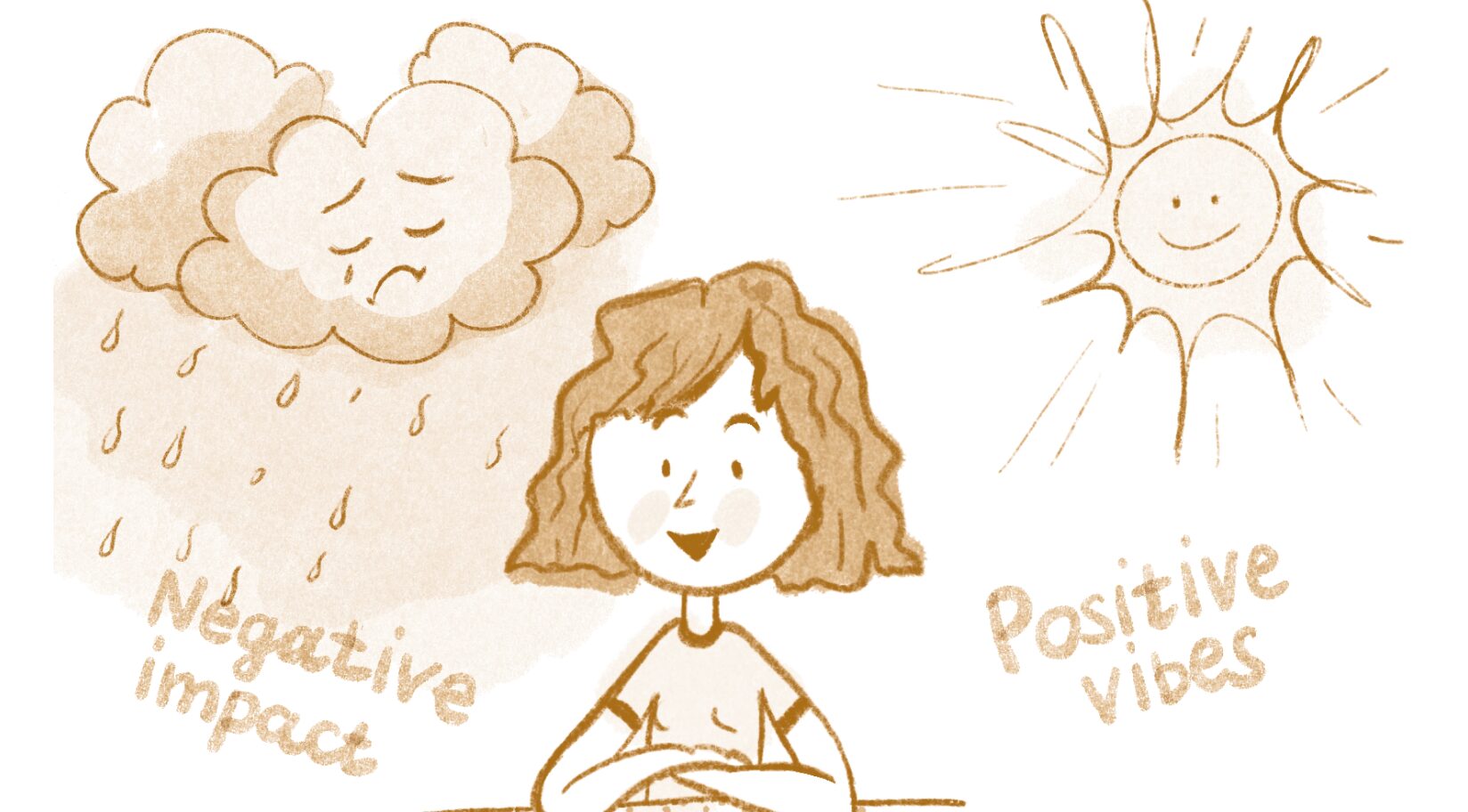
Often, all these words are used interchangeably, while in medical terms, they’re actually three distinct conditions:
- Anxiety is a natural response to perceived or anticipated threats, often involving heightened arousal, worry, and physical symptoms like tension or a racing heart. It can be triggered by both internal factors (e.g., negative thought patterns or memories) and external factors (e.g., challenging social or environmental situations).
- Stress is the body’s response to external pressures or demands, such as deadlines or interpersonal conflicts. While typically short-term and tied to a specific situation, stress can also arise from internal pressures, such as perfectionism or fear of failure.
- Anxiety disorders are a group of conditions that can be diagnosed if the symptoms of anxiety last for more than 6 months and interfere with your daily activities.
So, it’s ok to feel anxious or stressed for a short period. The feelings can signify something to improve in your life so that you can live more safely, comfortably, and pleasurably. However, once anxiety alters your normal behavior or makes you struggle with basic chores, it’s time to schedule an appointment with a mental health professional.
The causes of anxiety disorders
Anxiety can be caused and exacerbated by the following:
- Physical health conditions (heart diseases, chronic pain, thyroid diseases, respiratory disorders, etc.)
- Traumatic events (experienced or witnessed accidents, abuse, or natural disasters)
- Life stressors (a chain of stressful events without adequate breaks)
- Mental disorders (obsessive-compulsive disorder (OCD), post-traumatic stress disorder (PTSD), major depressive disorder, substance use disorder, etc.)
- Poor sleep quality
- Lack of self-care (neglecting physical and emotional well-being—such as poor diet, lack of exercise, and insufficient relaxation)
- Lack of healthy coping strategies for stress management
Types of anxiety disorders
Anxiety disorder is a general term that can manifest in various forms, which can sometimes coexist.
Generalized anxiety disorder (GAD)
GAD is the most common type of anxiety disorder, which is characterized by excessive worries over objectively normal situations. The disorder can also cause hyperalertness, which in turn affects sleep. All these feelings are perceived as uncontrollable and deteriorate one’s quality of life. It often goes together with such physical symptoms as a fast heartbeat, lack of energy, muscle tension, dizziness, and excessive sweating.
Specific phobias
A specific phobia is an excessive dread over an object, animal, or situation, which is often caused by irrational danger. This feeling is much more overwhelming than fear and seems to be uncontrollable.
Agoraphobia
It’s the only phobia that doesn’t fall into the specific phobias, as the symptoms of agoraphobia are more severe, and it isn’t bound to only one object or situation. In general, it’s characterized by persistent fear of inescapable situations and spaces. It’s often provoked by the lack of safety signals rather than the presence of fearful triggers. Agoraphobic people are often afraid of leaving homes, using public transport, and being in open, crowded, and public spaces.
Social anxiety disorder
Also known as social phobia, this disorder is characterized by a fear of being judged in social situations such as public speaking, dating, meeting people, eating in public, and more. Unlike agoraphobia, which involves a fear of the situation itself, social phobia is driven by the embarrassment and discomfort of being perceived or evaluated by others.
Panic disorder
This disorder is characterized by experiencing panic attacks in objectively safe situations. A panic attack is a 5-20 minute lasting intense fear accompanied by a racing heart, nausea, trembling, shaking limbs, a dread of dying, etc.
Separation anxiety disorder
Even though it’s more often diagnosed in infants and toddlers, adults can also develop the disorder. Its symptoms include fear of being away or separated from loved ones and other attachment figures (a person, animal, or place), hence constant worries about the potential situations that may lead to it. A person may also have nightmares about the separation and be highly reluctant to leave their attachment figure.
How to treat anxiety: natural remedies
While only a doctor can prescribe antidepressants and various anti-anxiety medications like escitalopram, duloxetine, etc., there are natural, research-proven methods of alleviating anxiety disorder symptoms and other mental health conditions.
Yoga
Yoga that actually helps is not just the automatic repetition of physical postures but the combination of those postures with controlled breathing, relaxation, and meditative techniques. This yoga in its true sense shows benefits in improving depressive and anxiety disorders. Moreover, the study shows that yoga can help with anxiety and depressive symptoms even at frequencies lower than 4 times per week and durations less than 8 weeks.
Also, it doesn’t matter what type of yoga you choose; any of them, if practiced together with mindful breathing and relaxation, can help people with anxiety disorders stabilize their mental state.
The efficacy of the practice can be explained by the fact that it helps you focus on the present moment and concentrate on the safety of now and here so that your brain doesn’t fall into anxious thoughts about past and potential future problems.
As you slow down and feel the present state of your body and mind, you learn how to listen to your inner signals and naturally prevent fear, panic, and negative thoughts.
Meditation
Numerous studies prove that mindfulness meditation has a positive effect on the immune system, blood pressure, chronic pain, and sleep quality. Also, it helps with symptoms of depression, anxiety, eating disorders, substance use disorders, and post-traumatic stress disorder (PTSD). Another study focused specifically on anxiety and found that meditative practices indeed may reduce its symptoms and can be used as a complementary treatment option.
Some meditations include relaxation practice that requires you to concentrate on a specific object, activity, image, or sensation in your body. So, the aim is to focus your attention on one single activity, which means that you can meditate while doing things you enjoy daily: dancing, cooking, jogging, etc., as you don’t dissipate your focus but stay present in the moment. By the way, a group of researchers from Harvard also concluded that the more detached we are from the current activity, the less happy we feel. This mind wandering was exactly the cause of unhappiness and not its consequence.
Some, however, find it easier to dedicate a few minutes per day to sitting in isolation while being guided into a meditative state. This way of meditation is no less effective and also brings you a moment of respite amidst the daily routine.
Cognitive-behavioral therapy (CBT)
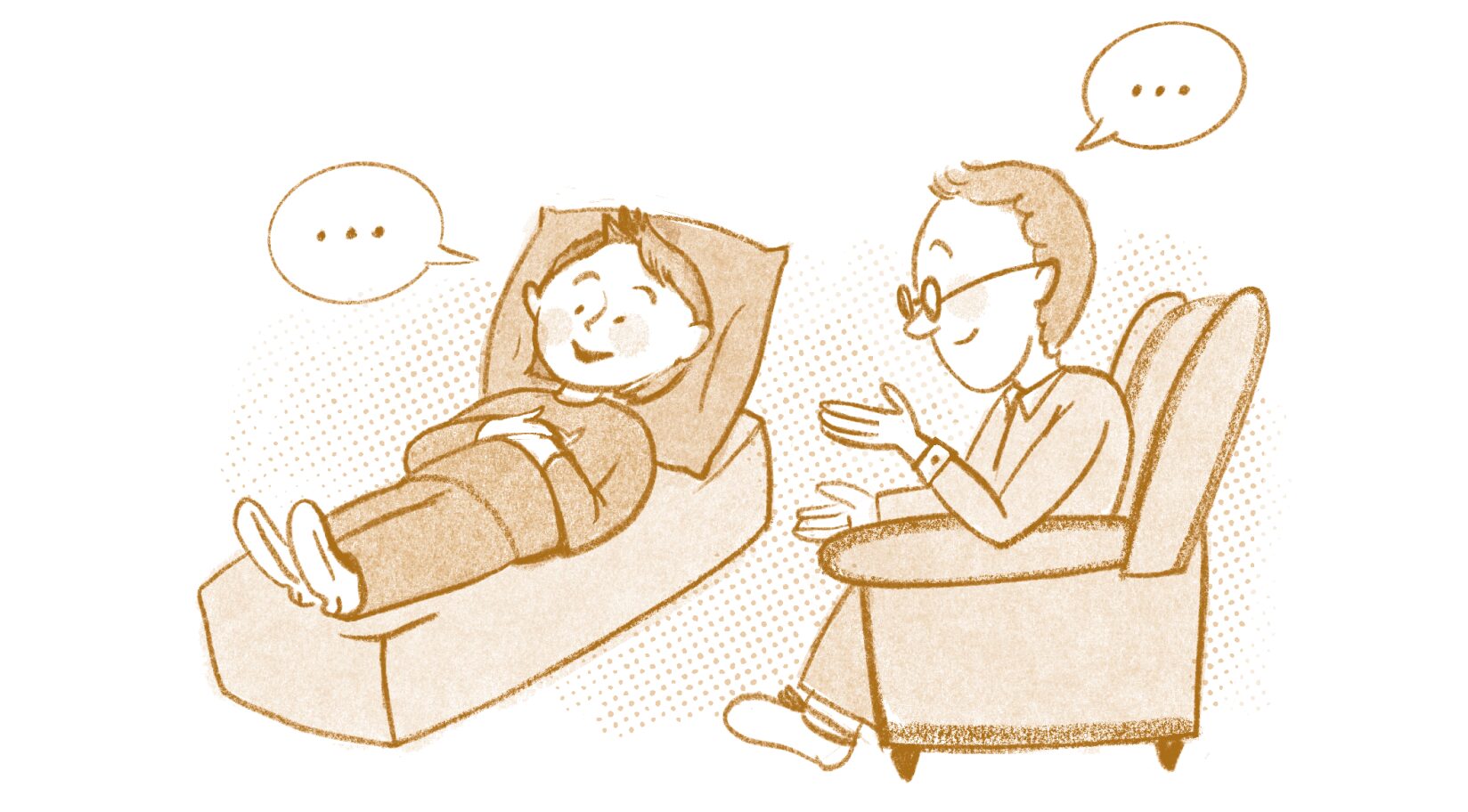
This randomized clinical trial shows that CBT can be seen as the most effective method to treat generalized anxiety disorder when compared to stress education and Kundalini yoga. The type of therapy involves learning healthy coping strategies to deal with excessive worries, built-up stress, and panic attacks. Also, people learn how to restructure their negative thoughts and beliefs and replace them with neutral or positive ones.
Basically, CBT is about changing the way you think and react to events, turning your emotional responses from automatic, destructive reactions into constructive ones. This shift doesn’t only improve one’s stress management but creates a more balanced mindset to better cope with life’s challenges.
Can I get rid of anxiety?
Remember that being anxious or stressed is completely normal. These feelings help us move forward, find ways out of unpleasant situations, improve the quality of our lives, and strive for the best.
So, you don’t need to get rid of it. Instead, you should learn how to manage the feeling healthily. Just as with everything in our body, the function of anxiety is to propel us, not hold us back. Hence, it would help if you learned how to use it as a helpful tool that signals you about the aspects of life that need improvement.
If, however, the feeling starts to worsen your life, you can totally handle it with the help of doctors and using natural science-proven remedies as a complementary treatment.
FAQ
What is the 3-3-3 rule for anxiety?
This simple technique requires you to identify three objects that you can see, three sounds, and three bodily sensations. It’s often used to quickly soothe anxiety or a panic attack as you ground your brain in the present moment. Taking your breath and sensations under control signals your brain that you’re safe and can handle a situation.
How to calm anxiety?
The randomized clinical trial that compared the effects of cognitive-behavioral therapy (CBT), yoga, and stress education showed that all of them work in reducing the symptoms of anxiety. Separate studies on yoga and meditation also show that they work on a wide range of mental disorders, including depression, PTSD, eating disorders, and others.
Pay attention, however, that only yoga in its true sense, which is the combination of physical postures, breathing, and relaxation techniques, benefits mental health. Simple repetition of asanas didn’t cause any improvements.
Table of Contents
Resources
- Chen KW, Berger CC, Manheimer E, Forde D, Magidson J, Dachman L, Lejuez CW. Meditative therapies for reducing anxiety: a systematic review and meta-analysis of randomized controlled trials. Depress Anxiety. 2012 Jul;29(7):545-62. doi: 10.1002/da.21964. Epub 2012 Jun 14. PMID: 22700446; PMCID: PMC3718554.
- National Center for Complementary and Integrative Health. (2022, June). Meditation and mindfulness: What you need to know. https://www.nccih.nih.gov/health/meditation-and-mindfulness-effectiveness-and-safety
- Simon NM, Hofmann SG, Rosenfield D, Hoeppner SS, Hoge EA, Bui E, Khalsa SBS. Efficacy of Yoga vs Cognitive Behavioral Therapy vs Stress Education for the Treatment of Generalized Anxiety Disorder: A Randomized Clinical Trial. JAMA Psychiatry. 2021 Jan 1;78(1):13-20. doi: 10.1001/jamapsychiatry.2020.2496. PMID: 32805013; PMCID: PMC7788465.
- Killingsworth MA, Gilbert DT. A wandering mind is an unhappy mind. Science. 2010 Nov 12;330(6006):932. doi: 10.1126/science.1192439. PMID: 21071660.
- Wu Y, Yan D, Yang J. Effectiveness of yoga for major depressive disorder: A systematic review and meta-analysis. Front Psychiatry. 2023 Mar 23;14:1138205. doi: 10.3389/fpsyt.2023.1138205. PMID: 37032928; PMCID: PMC10077871.

